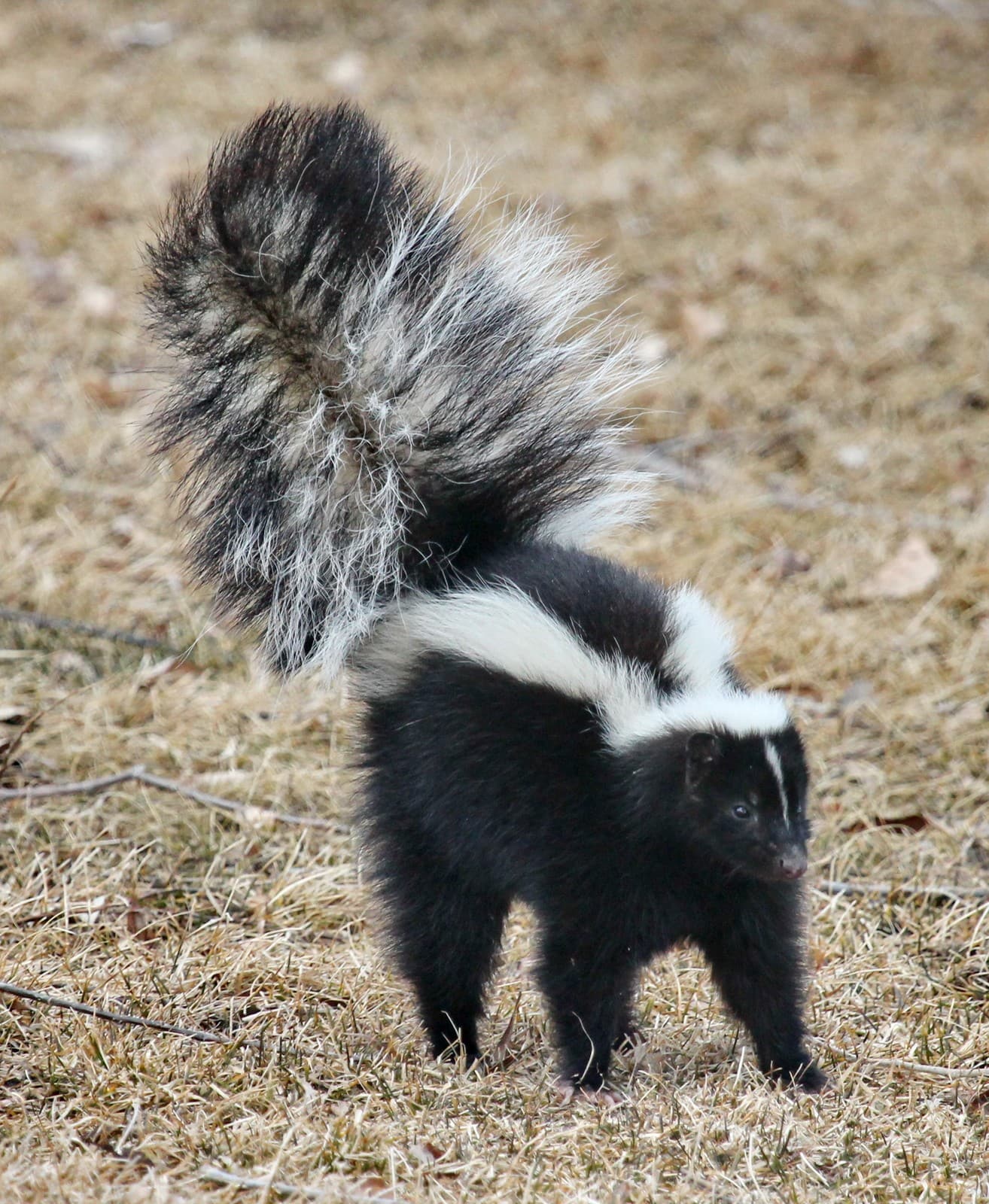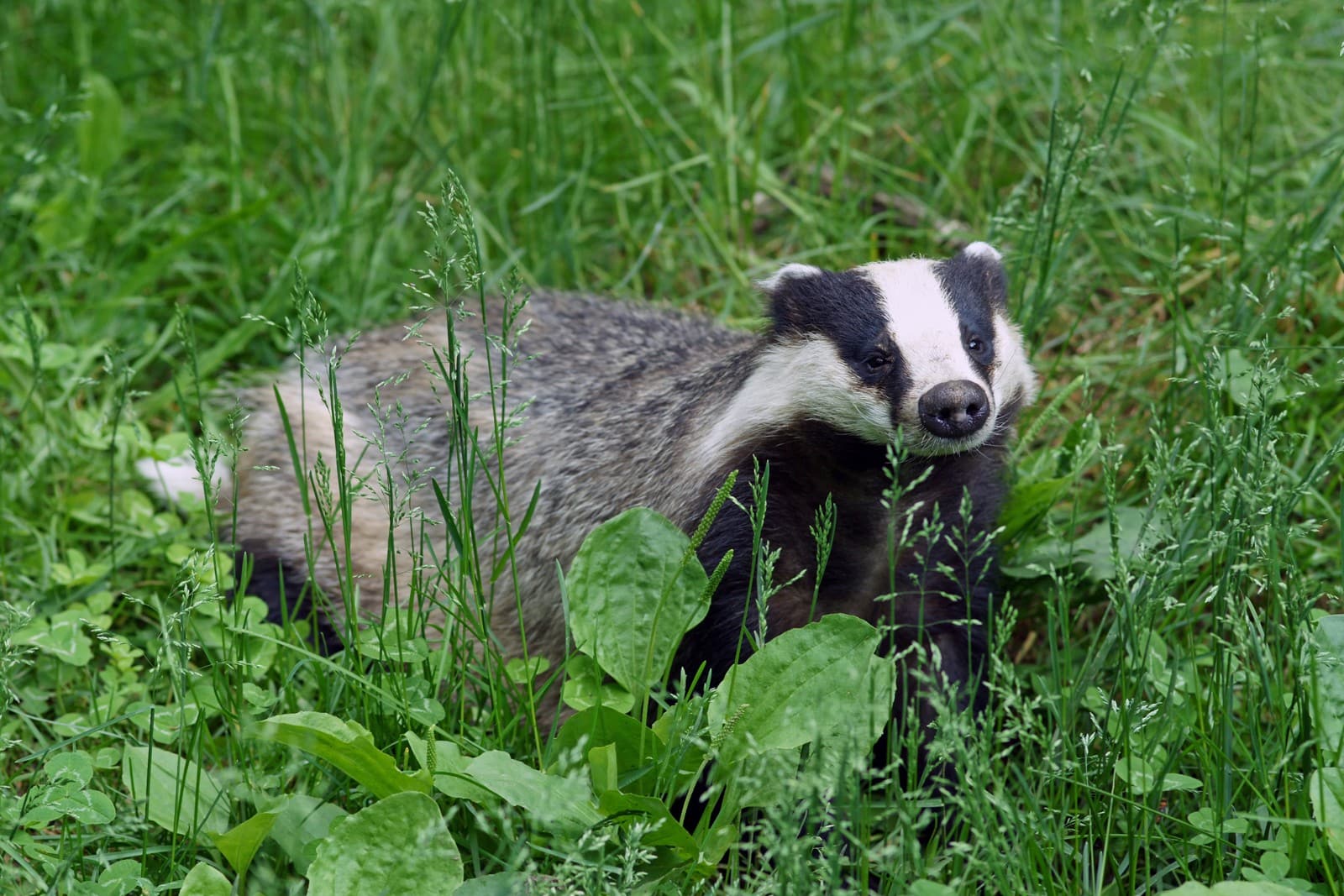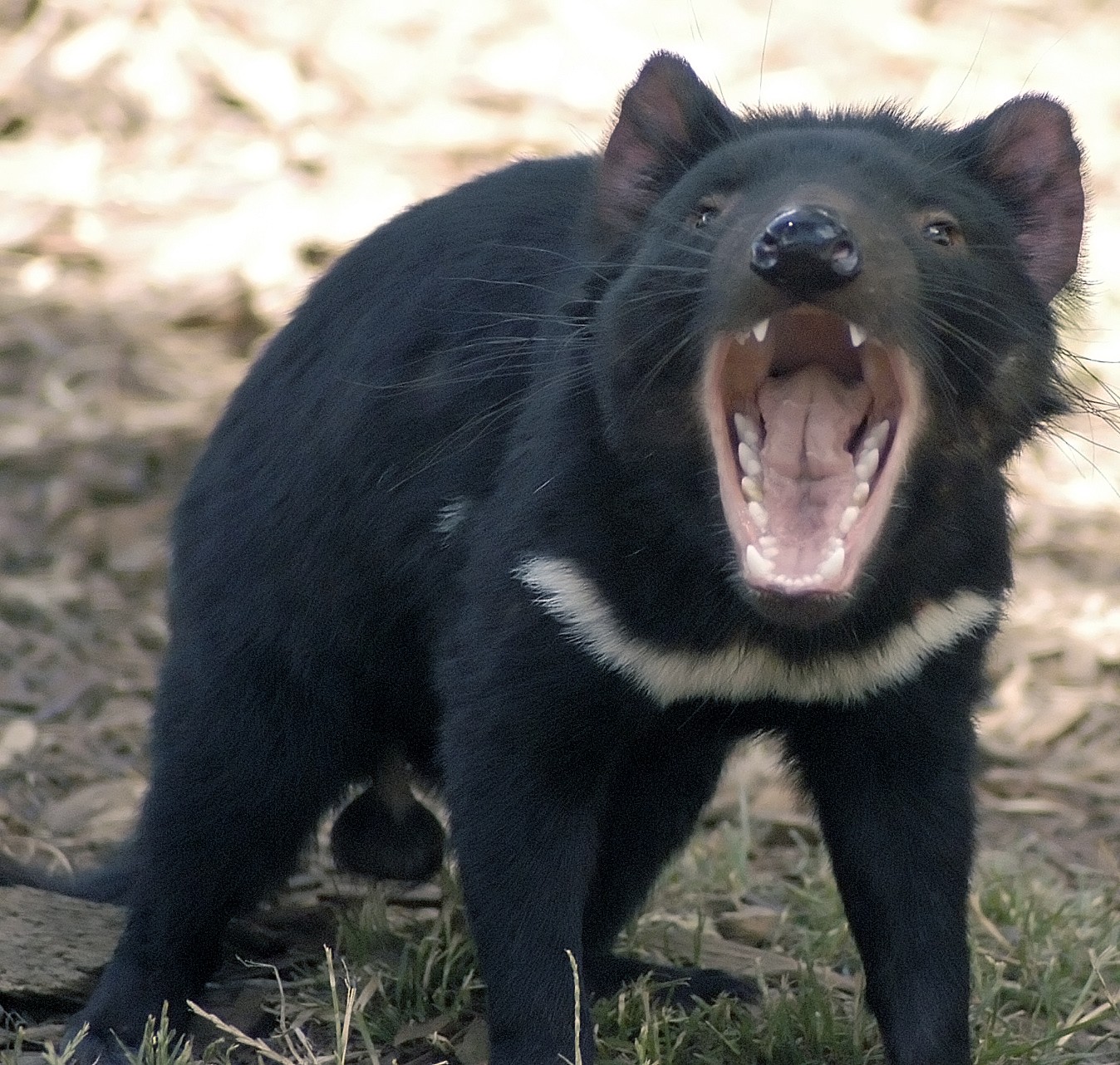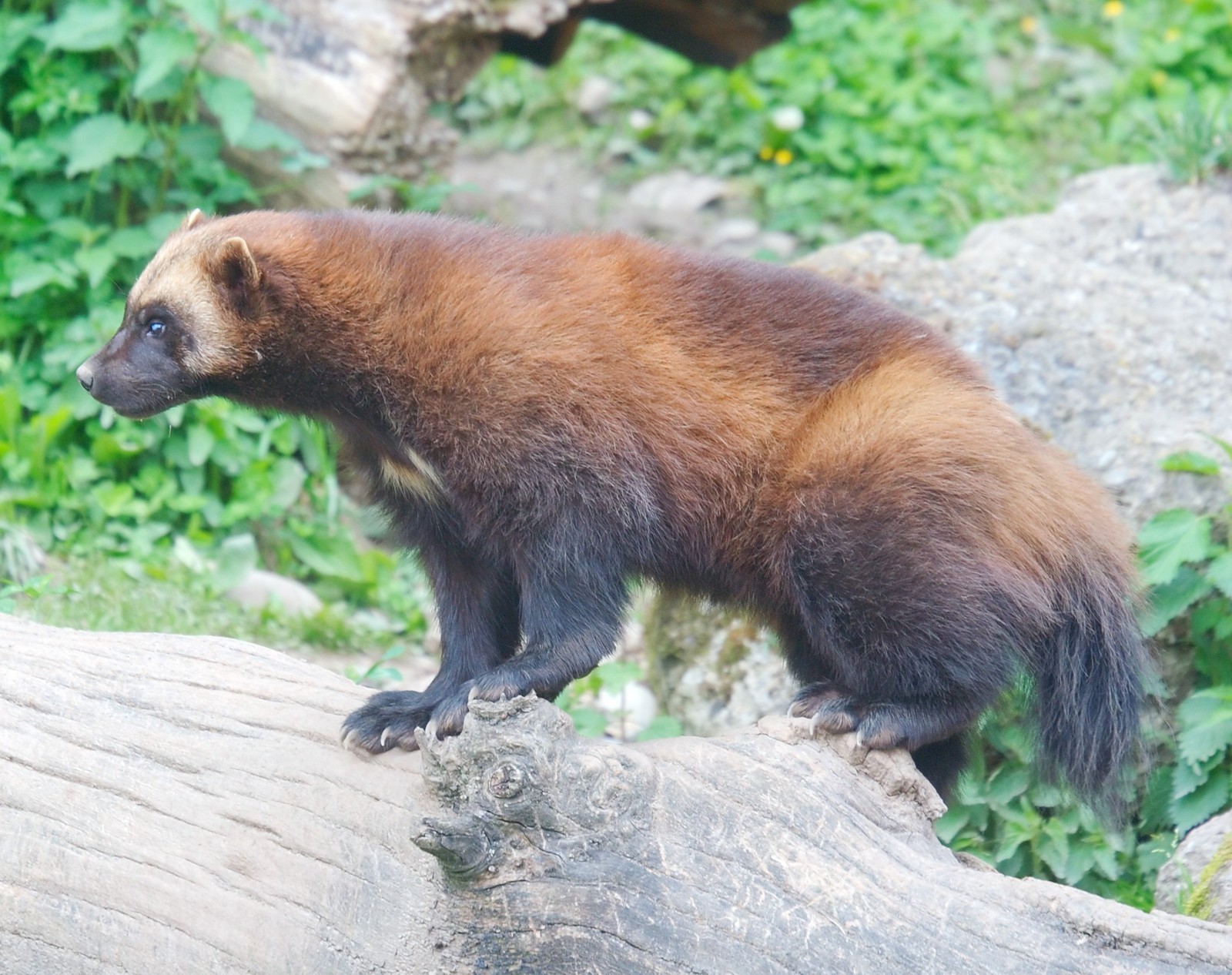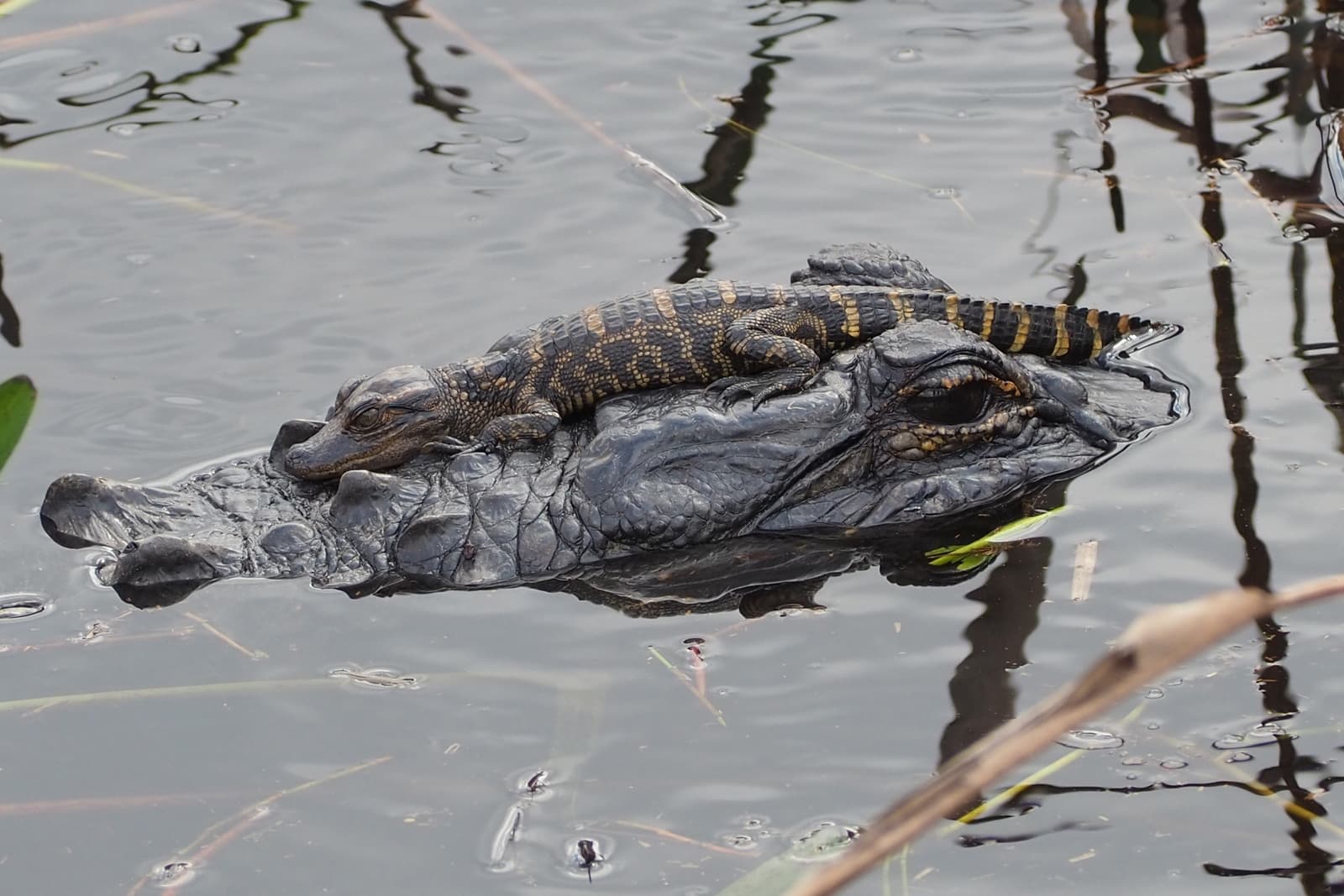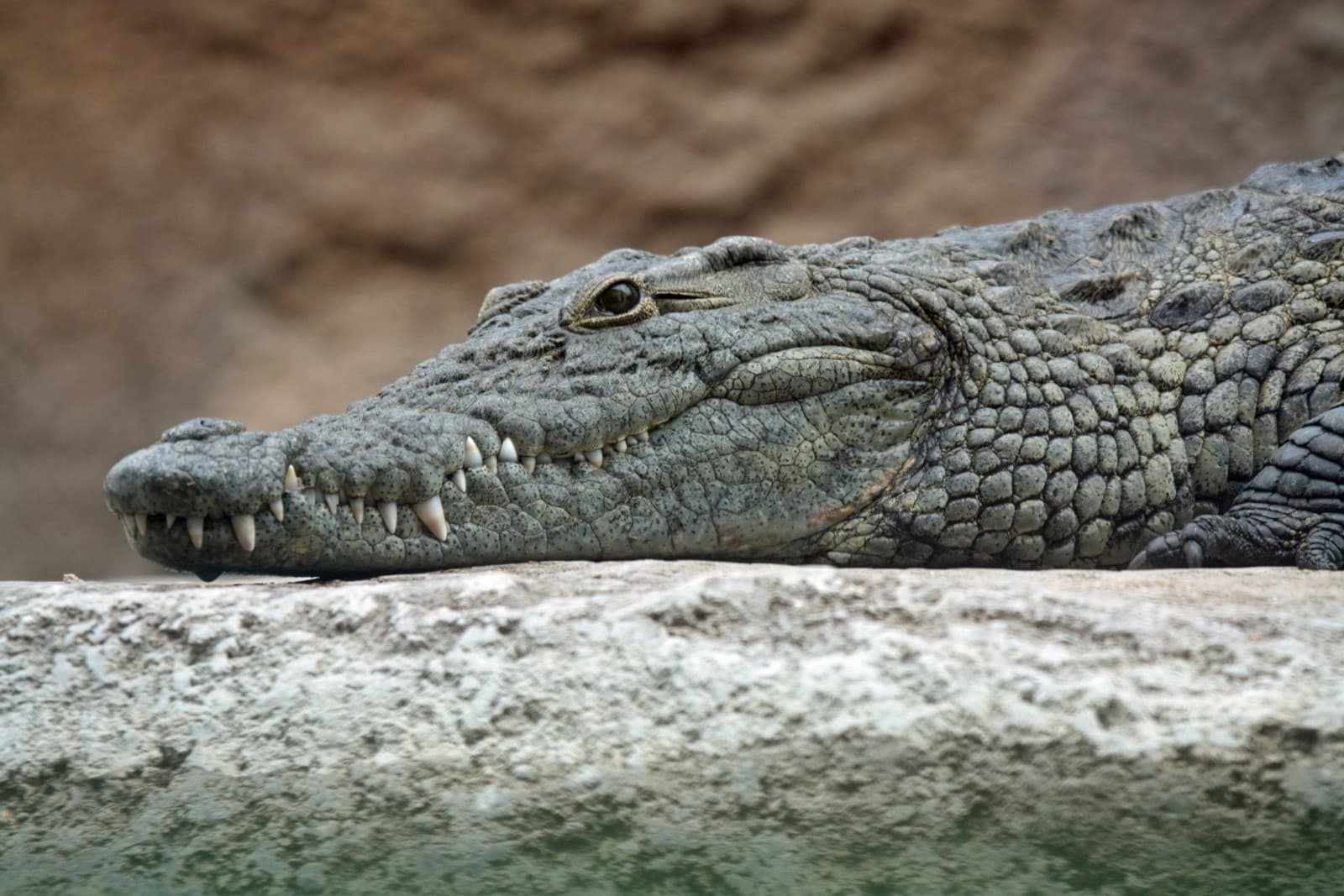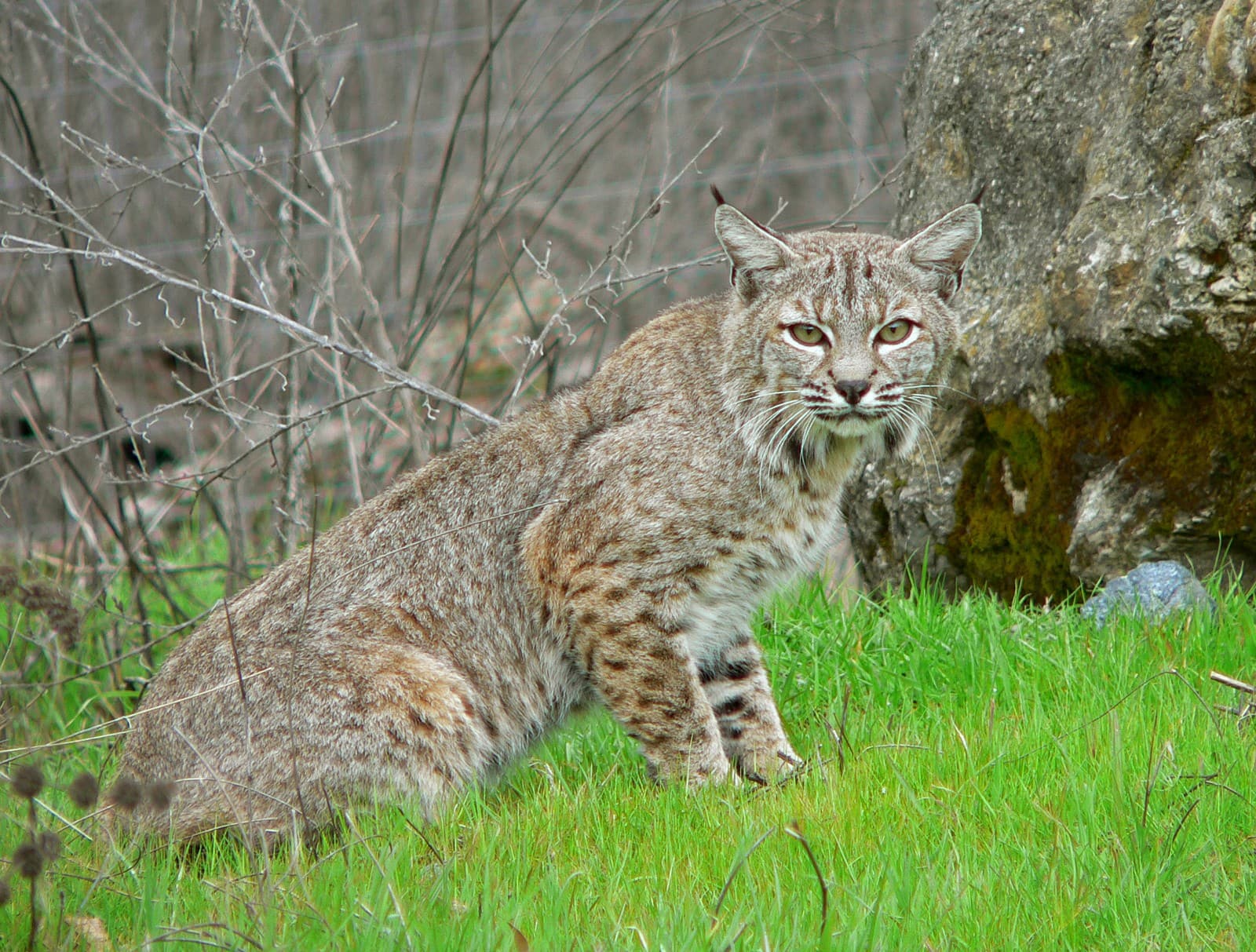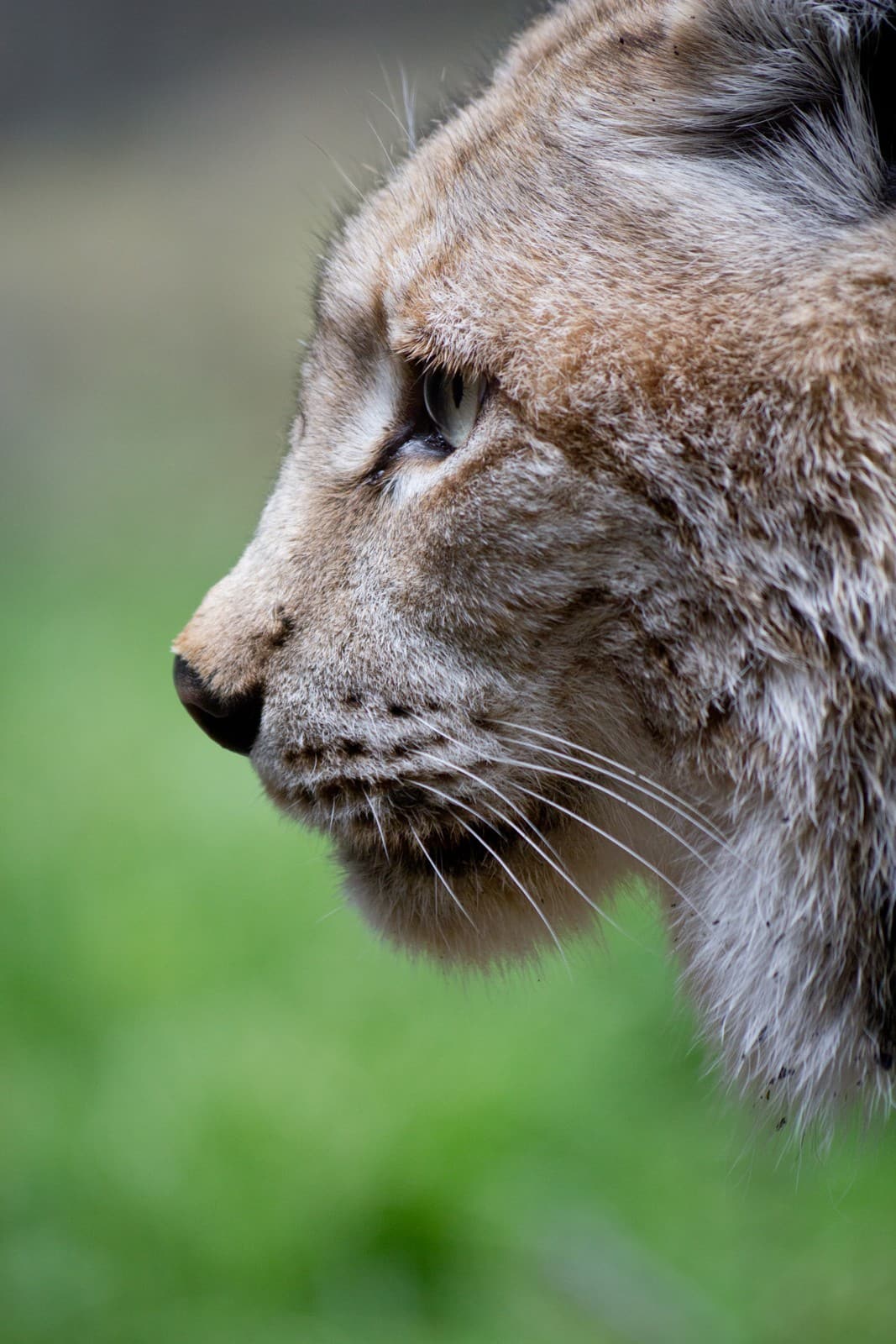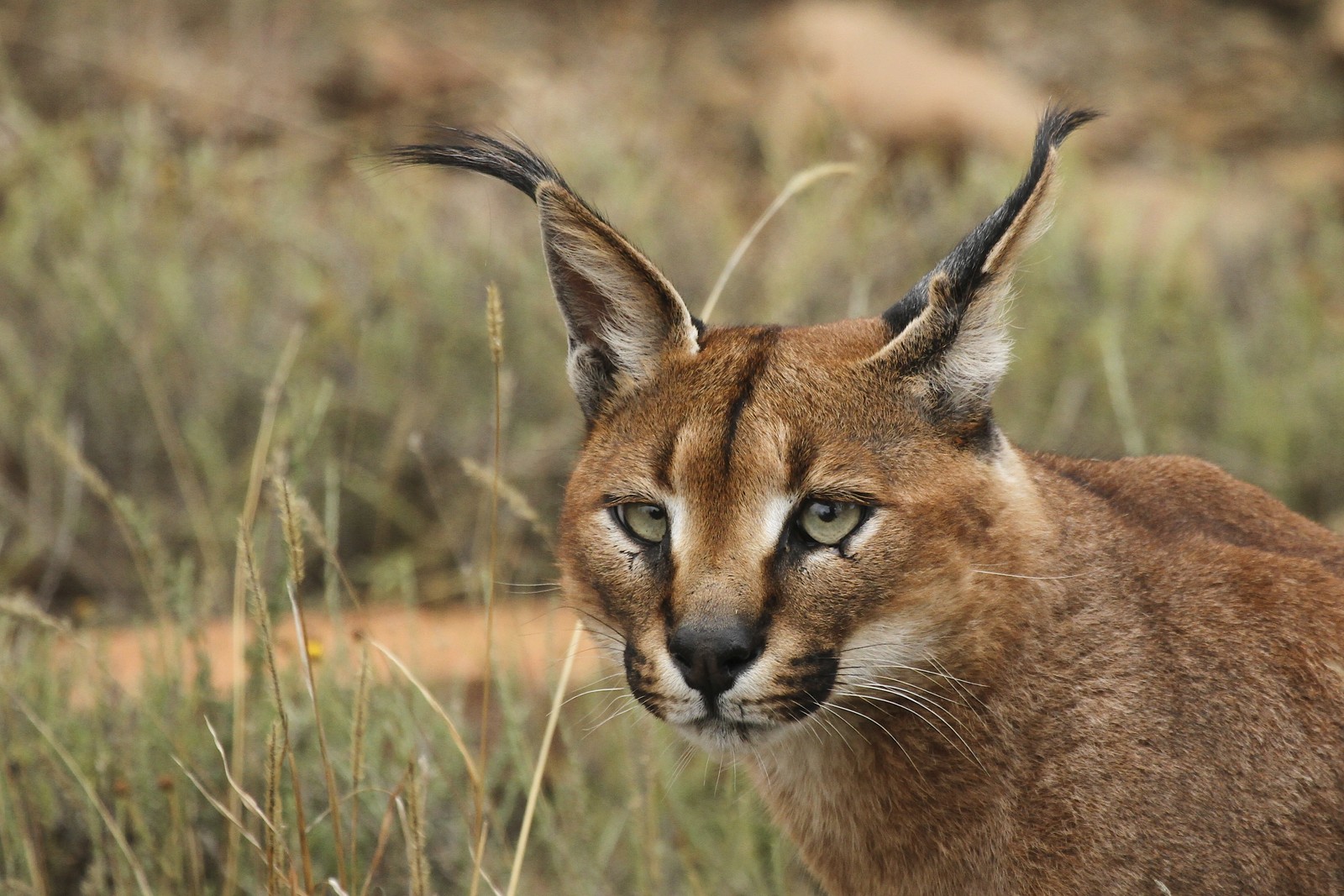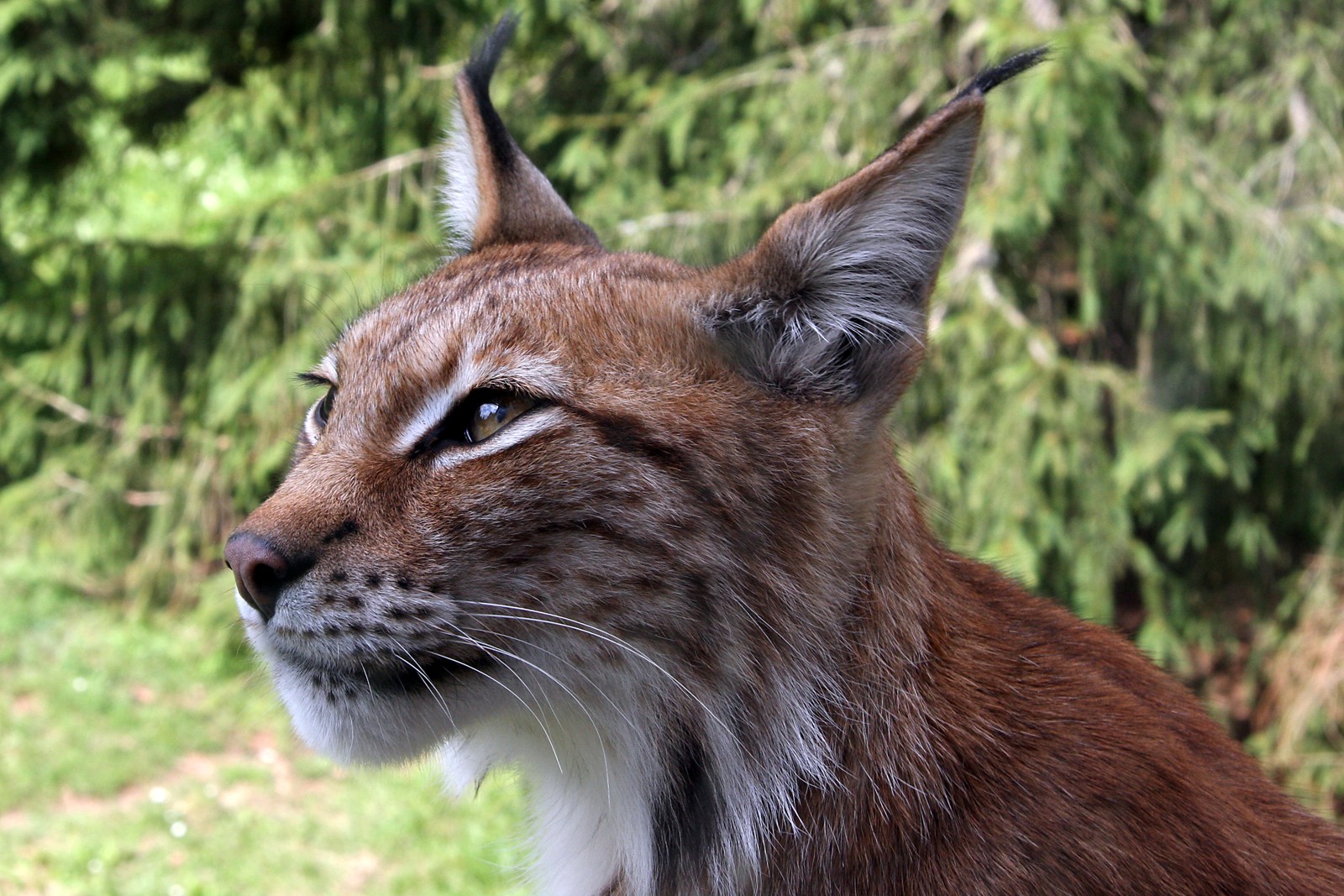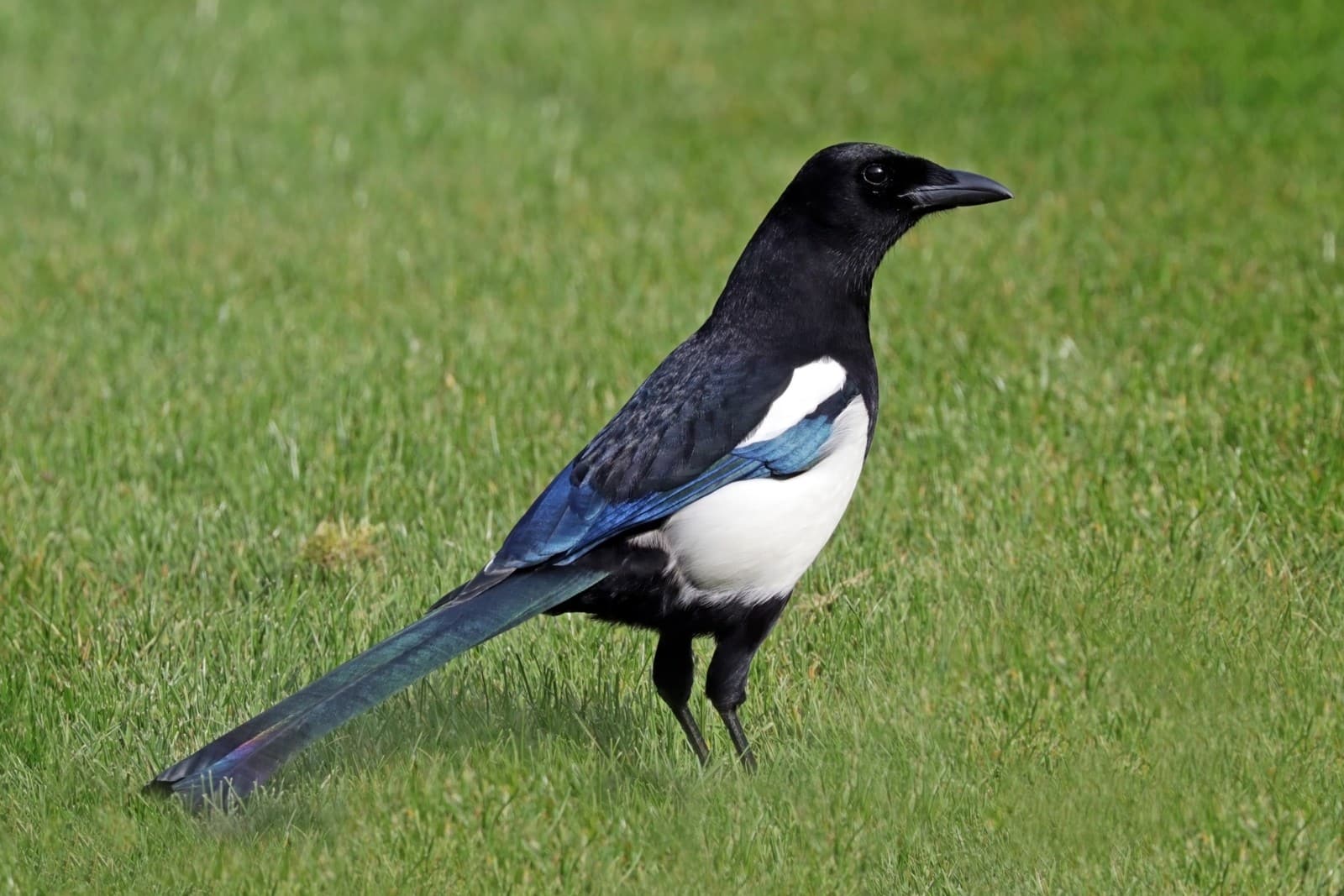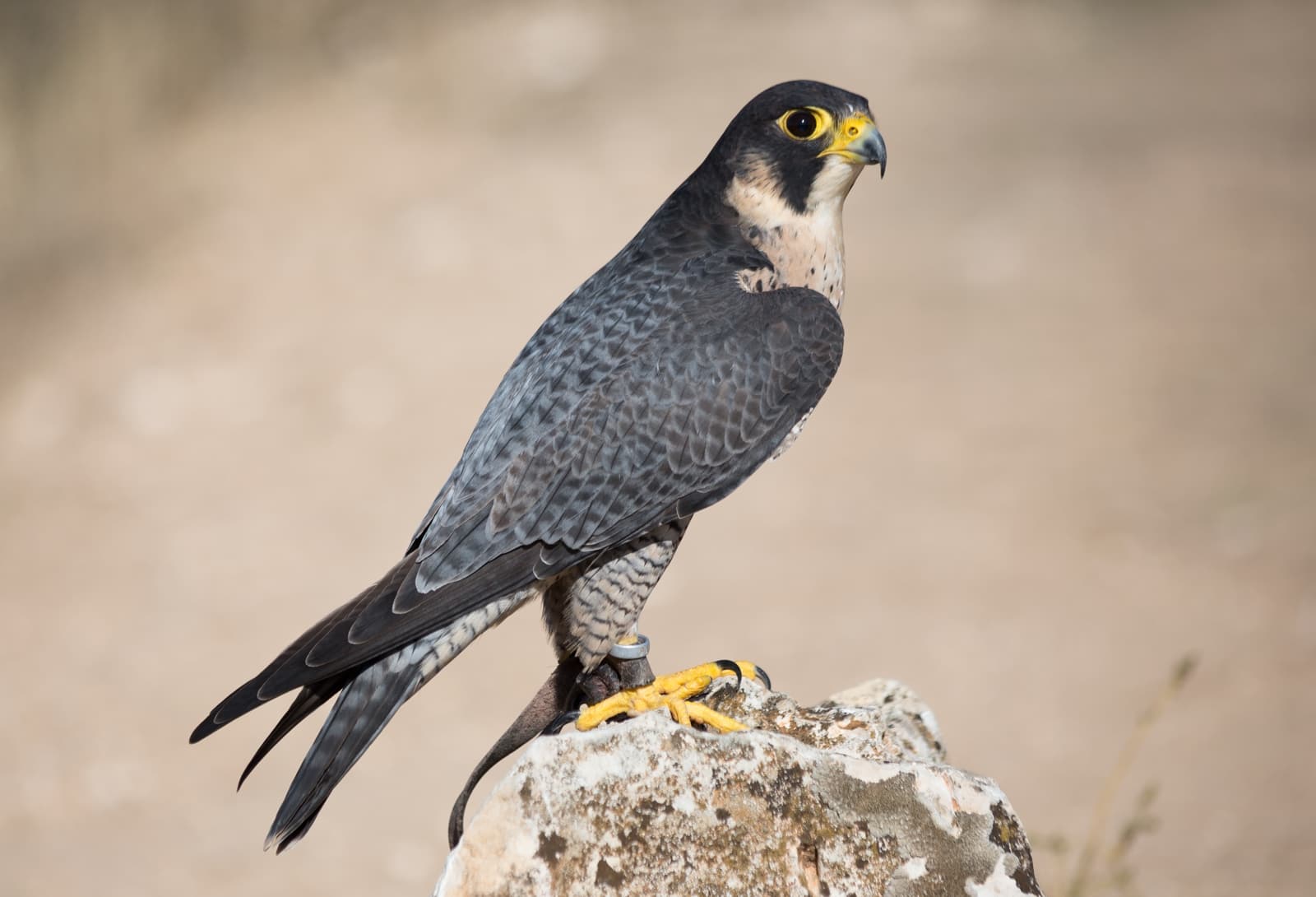Badger vs Wolverine: A Complete Comparison
In the fascinating world of mustelids, the badger and wolverine stand out as two of nature’s most formidable diggers and hunters. While both species share a muscular build and fierce reputation, the wolverine typically outweighs the European badger by 10-15 pounds and demonstrates remarkable strength, capable of taking down prey many times its size. The badger, meanwhile, excels in excavation, creating elaborate tunnel systems that can span over 1,000 feet.
These powerful cousins showcase distinct adaptations shaped by their respective environments. Wolverines thrive in cold, mountainous regions and can travel up to 15 miles per day, while badgers prefer lowland areas and maintain smaller territories of about 1-2 square miles. Understanding their differences reveals fascinating insights into how these mustelids have evolved to dominate their ecological niches.
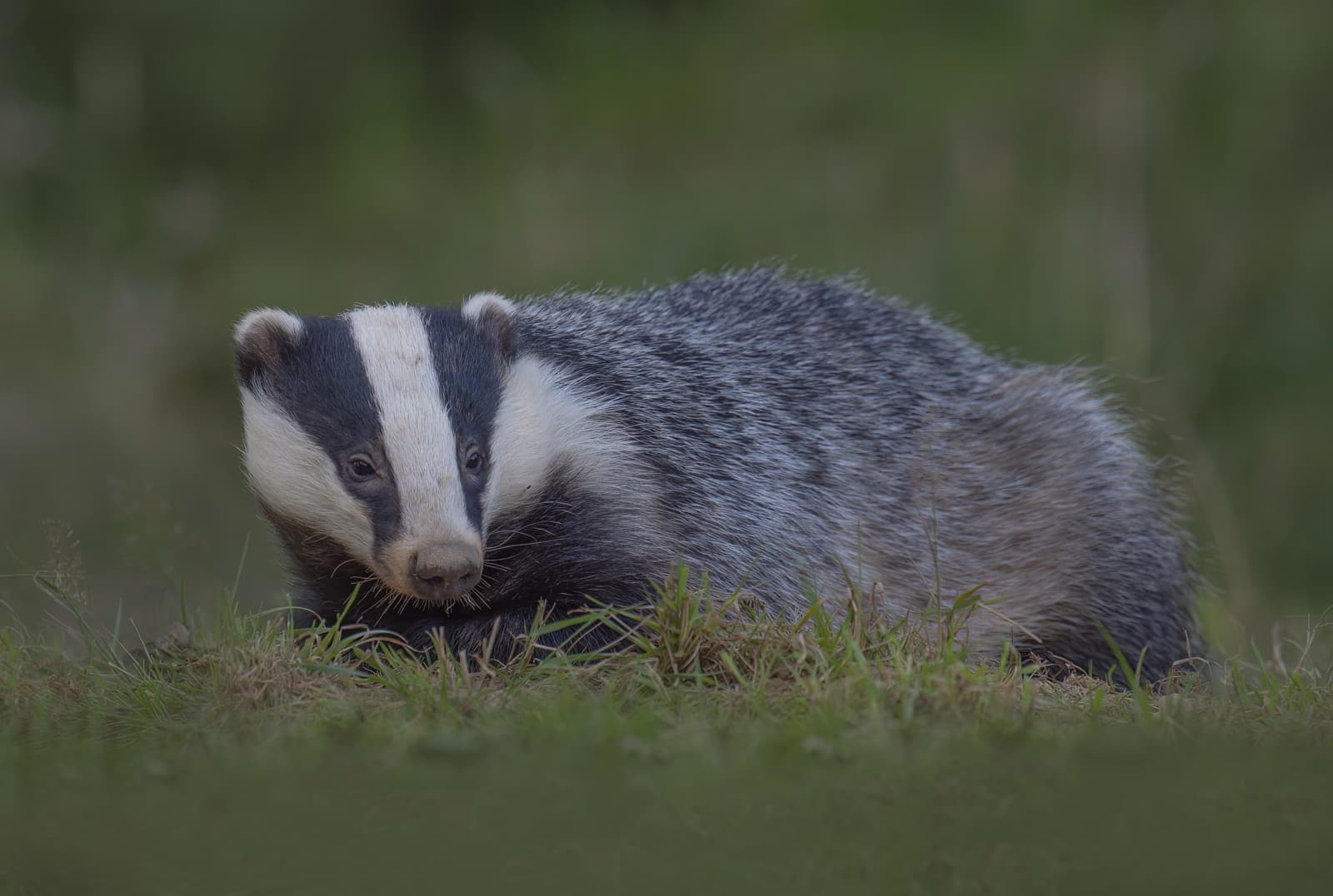
© caroline legg / CC BY 2.0
The European badger displays its characteristic black and white facial stripes, a distinctive feature that sets it apart from its mustelid cousin, the wolverine. These nocturnal specialists use their powerful forelimbs and long claws for efficient digging and foraging.
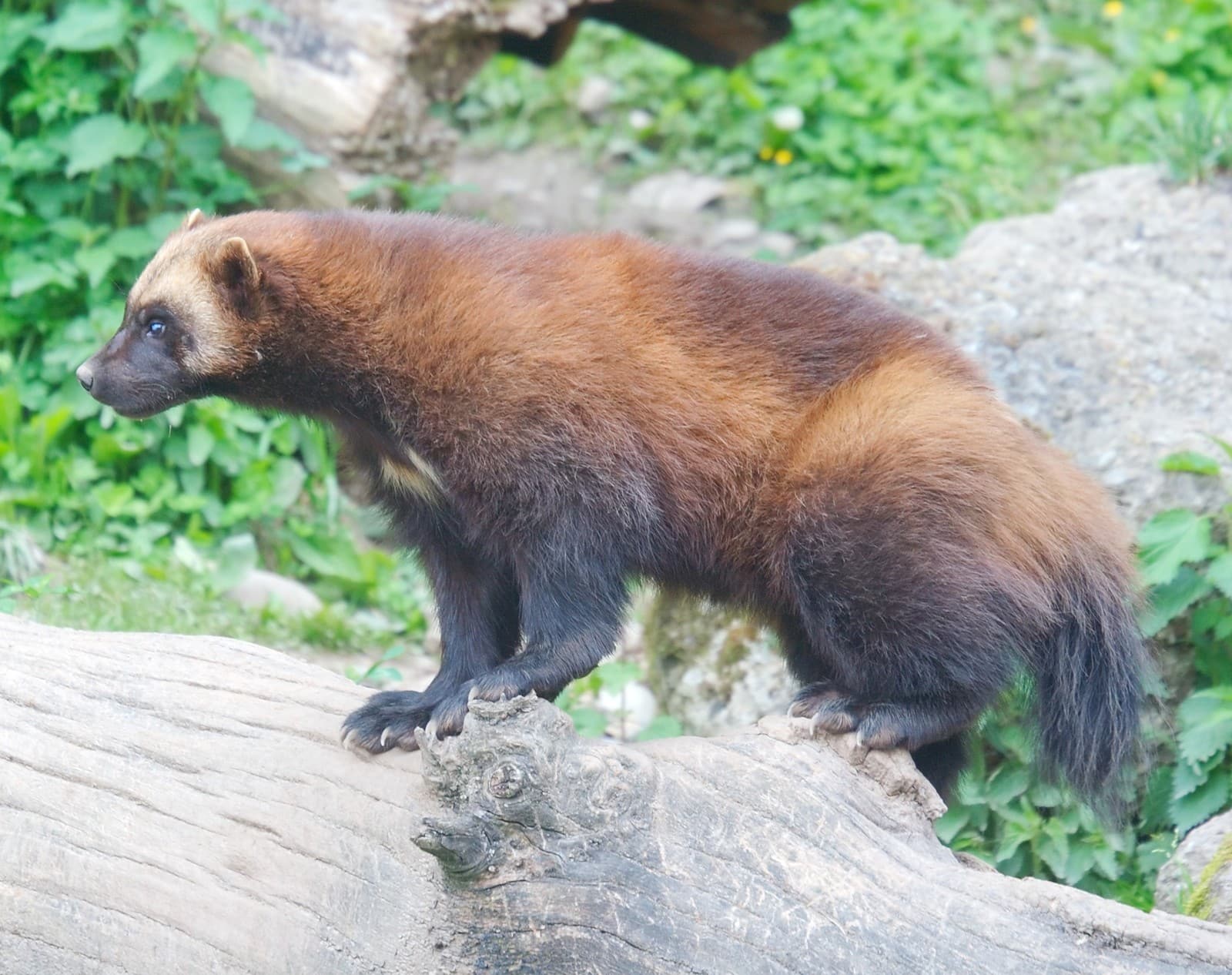
© User:MatthiasKabel / CC BY 2.5
The wolverine demonstrates its remarkable agility despite its robust build. Note the distinctive two-toned fur pattern and muscular frame that enables this powerful predator to traverse challenging terrain and tackle formidable prey.
Key Differences: Badger vs Wolverine
| Feature | Badger | Wolverine |
|---|---|---|
| Size | 20-35 lbs (9-16 kg) | 24-55 lbs (11-25 kg) |
| Habitat | Grasslands, woodlands, urban areas | Arctic tundra, boreal forests, mountains |
| Diet | Omnivorous: earthworms, rodents, roots | Carnivorous: caribou, sheep, small mammals |
| Territory Size | 1-2 square miles | Up to 500 square miles |
| Top Speed | 19 mph (30 km/h) | 30 mph (48 km/h) |
| Lifespan | 14-16 years | 7-12 years |
Habitat and Range Comparison
While badgers thrive in lowland areas across Europe and parts of Asia, wolverines dominate the circumpolar regions of the Northern Hemisphere. Badgers prefer well-drained soils suitable for digging their extensive sett systems, while wolverines adapt to harsh mountain environments and deep snow conditions. This habitat separation has led to distinct evolutionary adaptations in each species.
Hunting and Feeding Behavior
Wolverines demonstrate remarkable hunting prowess, capable of bringing down prey as large as caribou and defending kills from wolves and bears. Their powerful jaws can crush frozen meat and bones, earning them the nickname “skunk bear.” Badgers, while also skilled hunters, focus primarily on smaller prey and demonstrate impressive digging abilities to access burrowing animals and insect colonies.
Physical Capabilities and Strength
The age-old question of “Who would win in a fight?” between these mustelids typically favors the wolverine due to several key advantages:
- Greater body mass and strength
- More aggressive temperament
- Superior climbing ability
- Higher endurance levels
- Larger, more powerful jaws
However, badgers possess formidable defensive capabilities:
- Thicker skin and loose fur for protection
- Powerful digging claws
- Strong bite force
- Low center of gravity
- Excellent defensive posture
Social Structure and Behavior
Badgers often live in social groups called clans, sharing extensive underground sett systems that can house multiple generations. In contrast, wolverines are primarily solitary, coming together only briefly during mating season. This fundamental difference in social structure influences their territorial behavior and hunting strategies.
Conservation Status and Threats
Both species face various challenges in the modern world:
- Badgers contend with habitat fragmentation and road mortality
- Wolverines struggle with climate change impacts on their snow-dependent lifestyle
- Both species experience human-wildlife conflict
- Habitat loss affects both, though in different ways
Understanding these magnificent mustelids helps appreciate their unique roles in their respective ecosystems and the importance of their conservation. While they share a family tree, the badger and wolverine have evolved to become distinctly different animals, each perfectly adapted to their chosen lifestyle and habitat.
